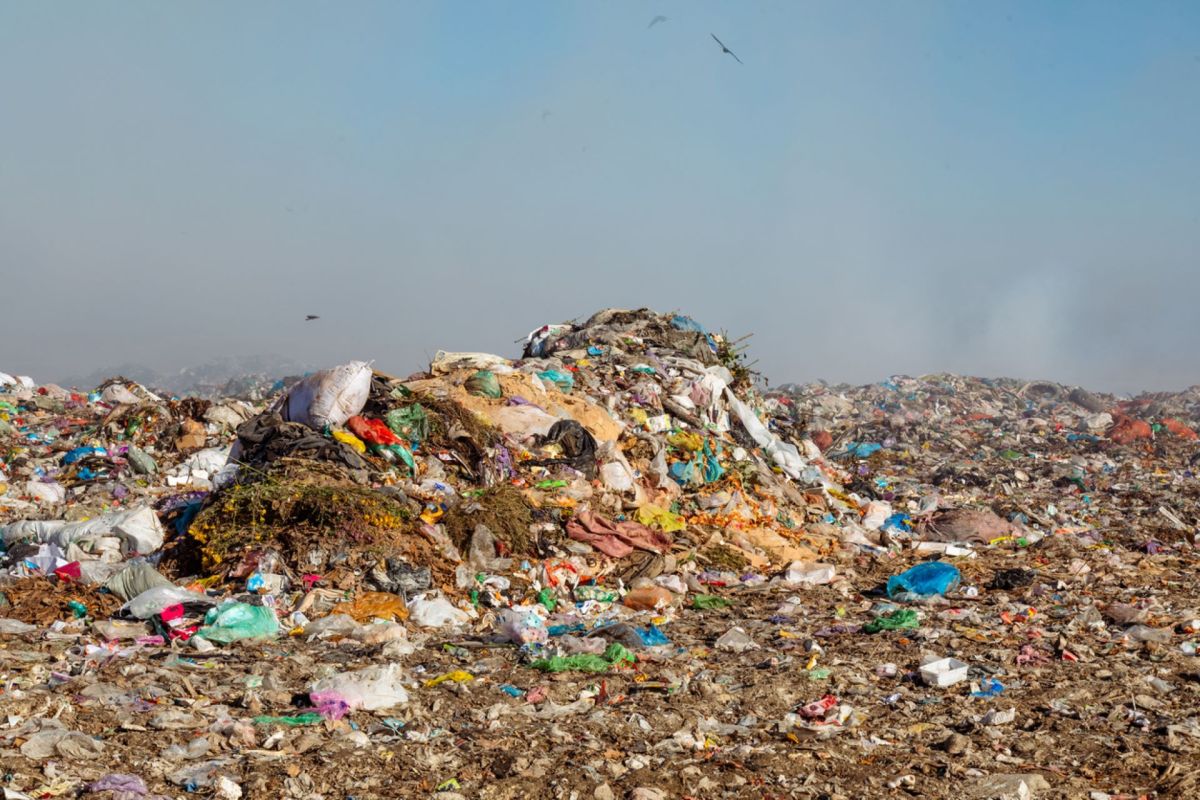Conditions at Los Angeles County's two largest landfills have become more steamy and smelly than normal, according to residents in surrounding communities.
A chemical reaction at Chiquita Canyon has created a smoldering heap. Twelve miles to the southeast, heavy rains have flooded the Sylmar landfill in Sunshine Canyon, causing seepage and bacteria growth, all per substantial reporting from the Los Angeles Times.
What's happening?
Garbage has been overheating for months at Chiquita Canyon, where dump temperatures have hit greater than 200 degrees Fahrenheit, causing complaints about foul odors, according to the Times.
However, the landfill operators said there aren't any flames and noted tests found that "no adverse health effects are anticipated across the community."
"The source of any odors … is due to an abnormal biotic or abiotic process (also known as a landfill reaction)," the landfill notes on its website. "This reaction is not the result of a fire … [and] unusual seepage was a result of the production of excess gas and liquids caused by the reaction."
Regardless, the sour smell emanating from the site is face-puckering in quality, per residents interviewed by the Times.
"The odors were so bad that my wife and I were getting sick inside our house — with the doors and windows closed," Val Verde resident Steven Howse said in the story.
To the southeast, Sunshine Canyon has reportedly experienced water saturation, complicated by the tropical storm that had been Hurricane Hilary in August, causing bacteria-fueled bad smells and fears of even worse contamination.
As a result, thousands of odor complaints have been logged, along with "dozens of environmental penalties." There are even calls to close the dumps, all according to the story from the Times.
Why is it important?
Data collector Statista estimates that the United States generates nearly 300 million tons of municipal solid waste each year. What's more, landfills are the third-highest creator of planet-warming methane in the country, the U.S. Environmental Protection Agency reports.
In L.A. County, Chiquita and Sunshine each take in more than 2 million tons of trash annually. Now, a portion of the trash is exposed at the latter site, smoldering at the former location, and unusually smelly at both. Further, heat at Chiquita is hurting some of the facility's infrastructure and its ability to "collect toxic pollutants," all per the Times.
"When there are high temperatures in the landfill gas, that can melt or deform some of the landfill gas collection system components," Angela Shibata, senior air quality engineering manager with the South Coast Air Quality Management District, told the newspaper.
What's being done to help?
Chiquita Canyon's district manager Steve Cassulo told the Times that officials take the problem "seriously" and are working on a steel-made system to burn off excess gas, which won't melt. Unfortunately, the news agency reports that the problem is expected to last "for months."
At Sunshine Canyon, crews are bringing in dirt to cover the trash, and a landfill spokesperson told the Times that the operator has installed a better drainage system.
The L.A. trash tale is a prime example of why it's important that we better use our old stuff, reducing the amount of waste we produce. There are more recycling opportunities for a greater number of products, from footwear to electronics.
Breakthroughs, like trash-eating enzymes, could help us to lower the height of our garbage heaps in the future, as well.
Join our free newsletter for cool news and cool tips that make it easy to help yourself while helping the planet.









